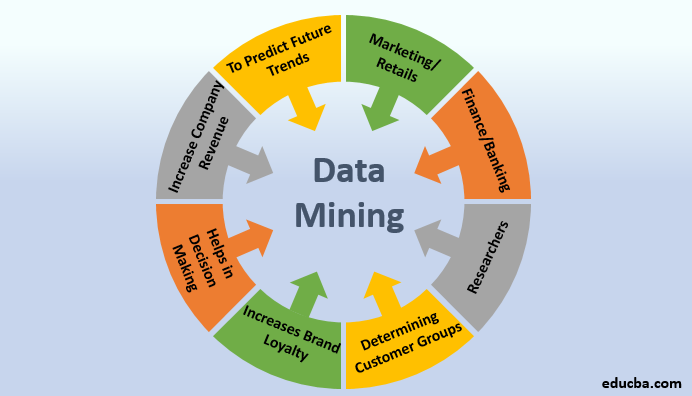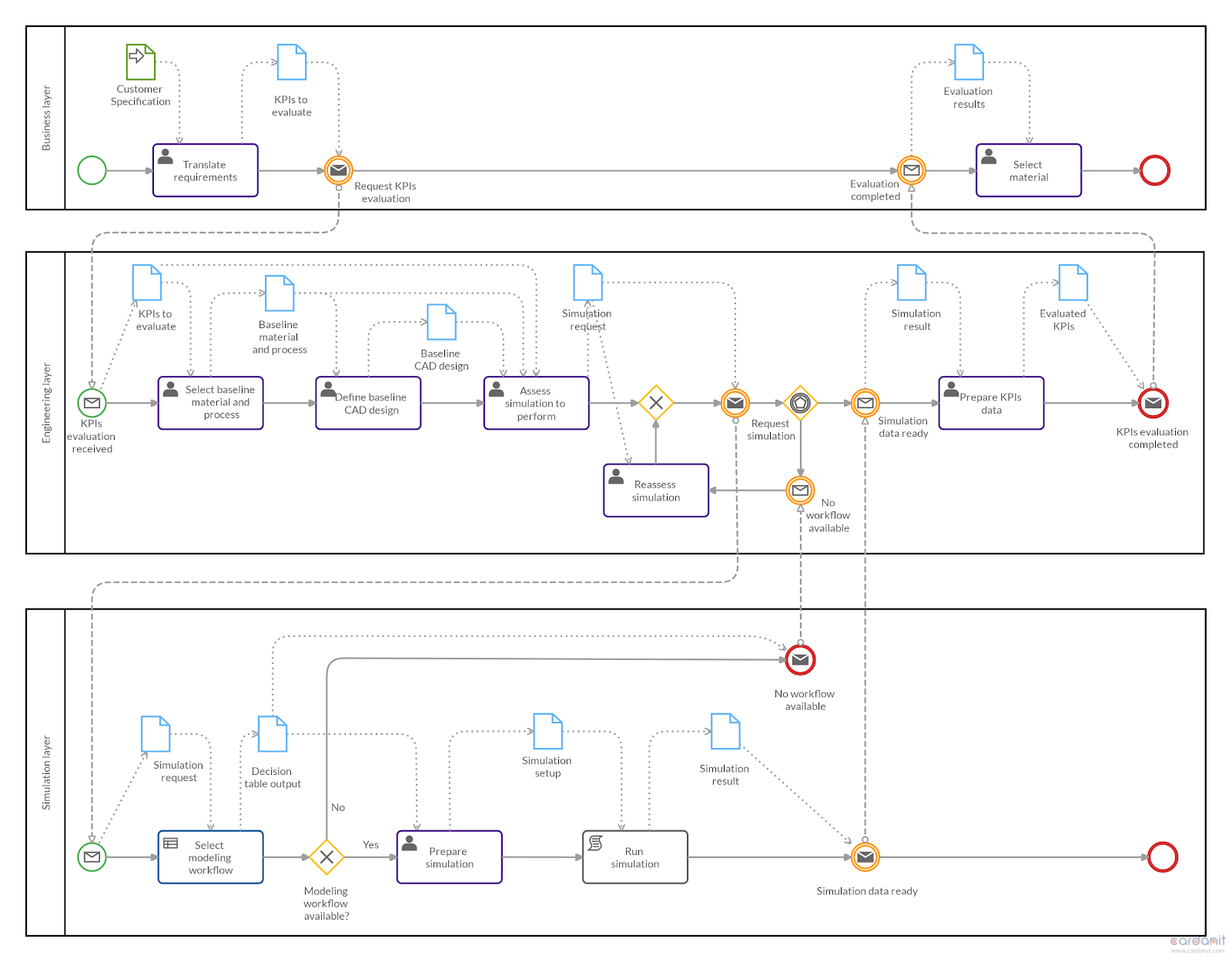

DocumentationĪ process map is an important store of knowledge. The visual/graphical nature of business process models result in an intuitive unambiguous understanding of the process among the participants. If you ask five people to read the same paragraph describing a section of a business processes, how many interpretations will result? At least five!īusiness analysis is not about arguing about what a text description means, business analysis starts once participants have a common mutual understanding of the discussion.

Common mutual understanding is difficult to achieve with text only. It’s essential that participants have a common mutual understanding of a business analysis discussion. There is no ambiguity regarding the where (in the process) and what of the processes that is being discussed. In any business analysis interaction among analysis and subject matter experts, the quality of the conversation (level of engagement, depth of discussion, clear and accurate communication, etc.) is essential to getting the business rules and requirements (current and/or future state) “right.” Business process models provide the focal point of the conversation among the participants. The key advantages of business process modeling include: Quality of the Conversation Standard symbols represent the work activities, conditions, relationships, and events that comprise the workflows of the business process.īecause of the visual/graphical nature of a process model, it’s a powerful tool that enables business Subject Matter Experts (SMEs) and Business Analysts to discuss and communicate business rules and requirements in a clear, concise and common manner – in a way that text only descriptions cannot achieve. The advantages of business process modeling presented below apply to both current state and future state business processes.Ī process model is a visual/graphical representation of the complex moving parts of a business process. For the purpose of this post I use the term “modeling” and “mapping” interchangeably. The focus of this post, however, is on the positive - the key advantages of business process modeling.
#Why is business process modelling important download#
I encourage you to download and read this in-depth 18-page whitepaper to glean additional insight into the risks of circumventing current state mapping and analysis. “We are implementing new enterprise systems and we are adopting best practices provided by the solutions vendor – so no need to map and analyze existing processes.”

“Our current processes are dysfunctional – we are going to radically transform to new lean agile processes – so no need to map and analyze existing processes.” “We already know what we do, let’s just skip to what we need to be doing going forward – so no need to map and analyze existing processes.” The whitepaper addresses comments such as: The whitepaper debunks various myths that current state mapping and analysis is not an essential component of business transformation, business process reengineering (BPR) and business analysis initiatives. Last year, I published 10 Perilous Misconceptions of Censuring Current State Mapping & Analysis.


 0 kommentar(er)
0 kommentar(er)
